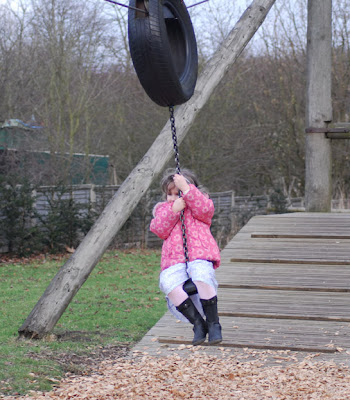As I pulled up this morning a forlorn looking birder was just leaving so I assumed the bird wasn't around, but as soon as I glanced over the bridge, the Dipper flew up and along under the bridge. I went back to the car to get the camera and sure enough, it was still present on the other side of the bridge and showed extremely well, and thankfully the river has dropped a bit since last week and so there are some stones for it to feed from in true Dipper style. Typically though this morning is very gloomy and the bird insists on sitting in the shade of the bridge so even on high ISO setting, the best shutter speeds are 1/40th of a second, but it does sit still long enough to get something fairly sharp and will hopefully stick around until nicer weather so I can get some better shots.
The fact it stays in one place for long periods means I was even able to get some video footage using the D300s....





















_Namibia_NCalbrade.jpg)



























